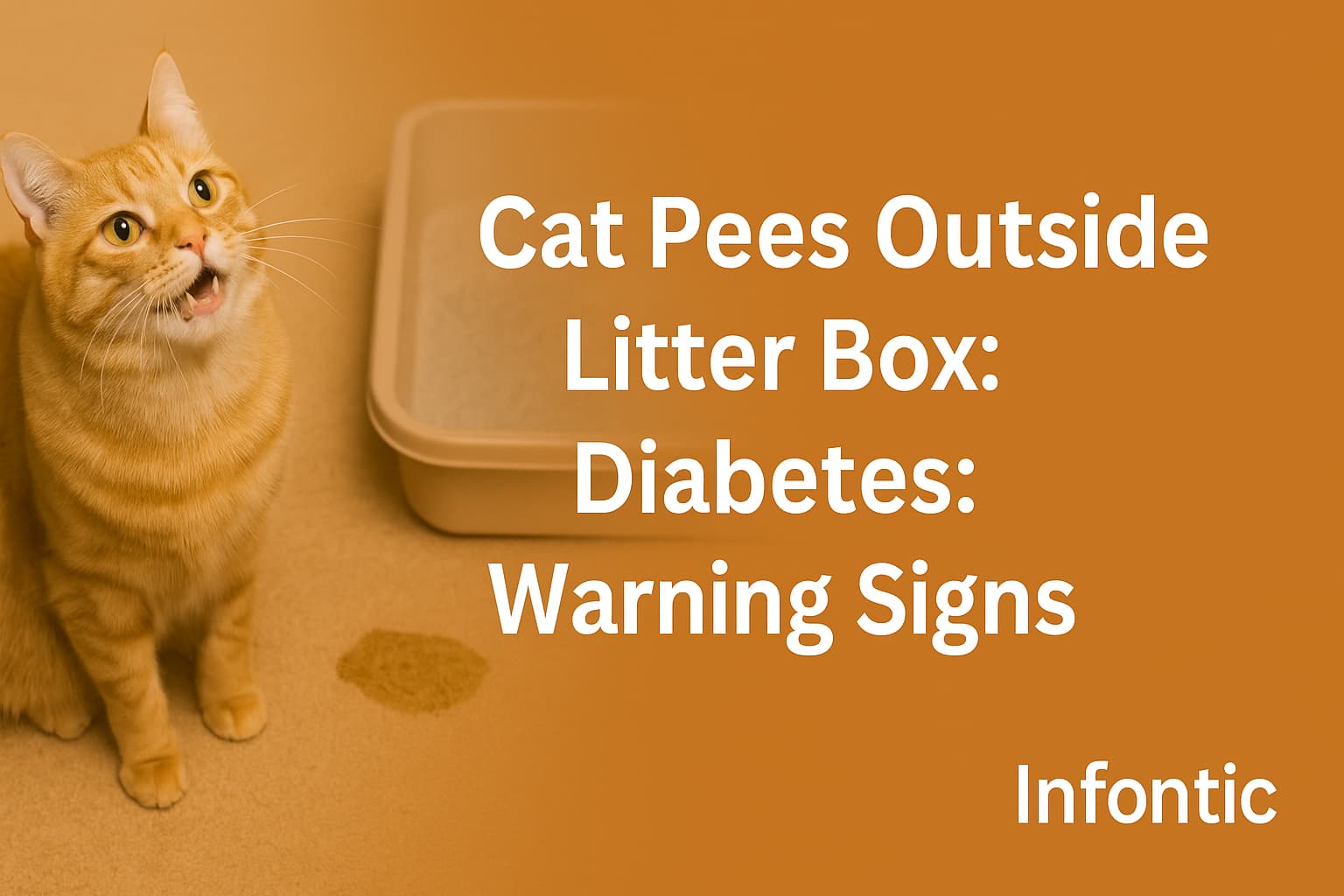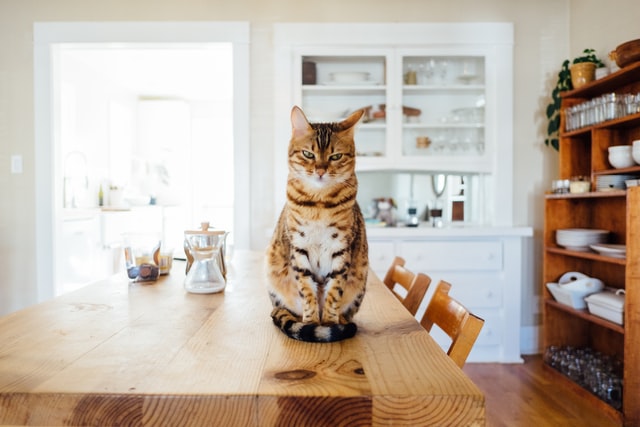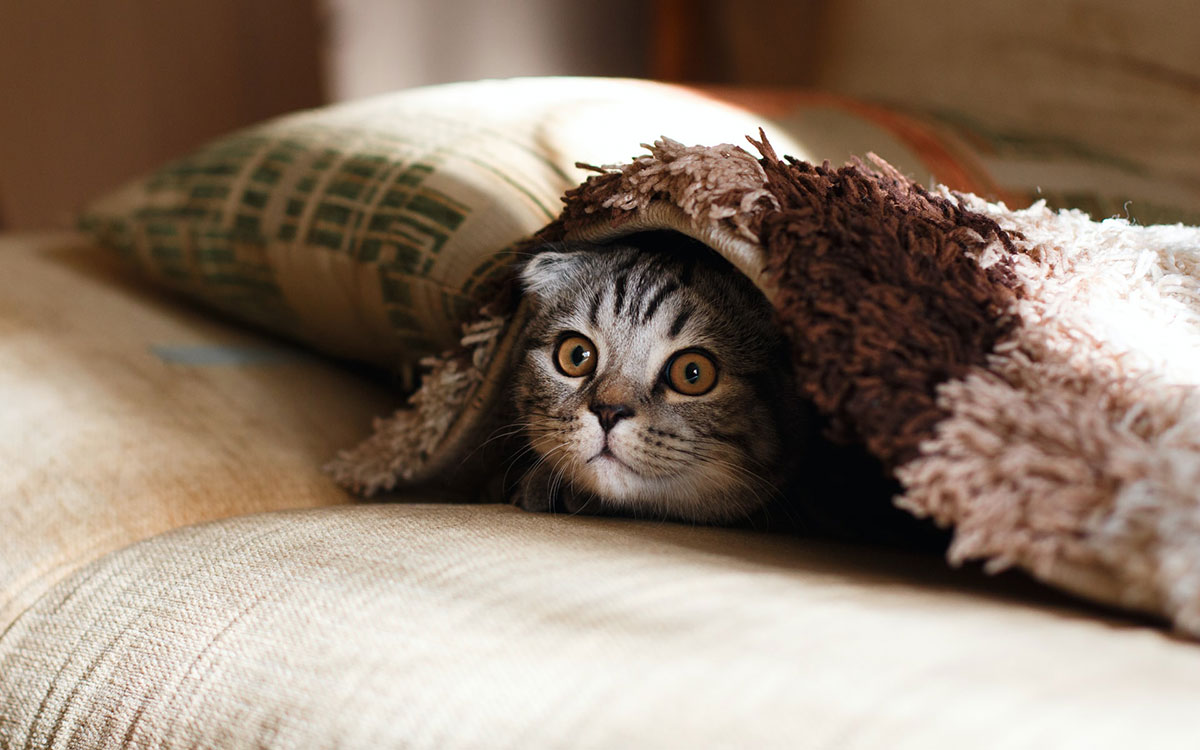Cats peeing outside the litter box can be a sign of diabetes. This behavior often indicates a health issue that needs attention.
Understanding why your cat might exhibit this behavior is crucial. Diabetes in cats affects their ability to control their urine. It can lead to accidents outside the litter box. This condition may cause increased thirst and urination. These changes can disrupt their everyday habits.
Catching the signs early is essential for your cat’s health. This introduction will explore the connection between diabetes and litter box behavior. Recognizing these signs can help you seek proper care. Your feline friend deserves the best attention. Let’s dive into what you should look for and why it matters.
Common Causes Of Litter Box Issues
Cats can feel stressed due to changes at home. New pets or family members can make them anxious. Loud noises or different smells can also cause problems. When a cat feels unsafe, it might avoid the litter box. Some cats hide or become less friendly. Owners should create a calm environment. It helps cats feel secure and happy.
Cats might avoid the litter box due to health issues. Diabetes is a common problem. It makes cats drink and pee more. “Increased urination (polyuria) and thirst (polydipsia) are two of the most common early signs of feline diabetes.”
— Cornell Feline Health Center
It can lead to accidents outside the box. Other conditions include urinary tract infections and kidney disease. Regular vet check-ups are essential. They help find and treat these problems early.

Link Between Diabetes And Litter Box Habits
Diabetes can change how cats use their litter box. Increased urination is a big sign. Cats with diabetes pee more, as their bodies try to get rid of extra sugar. “Excess glucose in the blood causes an osmotic effect, leading to excessive urination in diabetic cats.”
— Merck Veterinary Manual – Diabetes Mellitus. They may visit the litter box often, which can cause accidents outside the box. Owners may find wet spots on the floor.
Dehydration effects are common in diabetic cats. Peeing a lot leads to losing water. Cats may feel thirsty all the time. They might drink more than usual, which can make them feel weak. Dehydration can also cause dry skin, and their fur might look dull. It’s essential to check for these signs. Help your cat stay healthy.
Recognizing Diabetes In Cats
Cats with diabetes often feel very thirsty. They may drink more water than usual. Watch for your cat visiting the water bowl frequently. This is a sign that something may be wrong. Thirst can make cats pee outside their litter box.
Diabetic cats might lose weight even if they eat a lot. “Despite an increased appetite, weight loss is common in diabetic cats due to the body’s inability to utilize glucose for energy.”
— International Society of Feline Medicine (ISFM). This happens because their bodies can’t use food properly. A thin cat that eats too much food might be diabetic. Check for weight loss in your cat. It is important to notice changes.
Credit: comfortedkitty.com
Behavioral Changes To Watch For
Notice your cat sleeping more than usual? This could mean lethargy. Cats that used to play might seem tired. Watch if your cat moves slowly. Fatigue can be a sign of illness. Cats should be active and playful. If your cat is not, it needs help. Tiredness can show that something is wrong. Cats should not be lazy all the time. Energy levels dropping can be serious. Cats need energy to play and explore.
Hungry all the time? Your cat might eat more food. Increased appetite can mean trouble. Cats that eat more can get sick. Watch if your cat is always hungry. Diabetes can make cats eat a lot. They eat more but lose weight. This is a worry. Cats should have regular eating habits. Overeating can be a sign of health issues. Always hungry cats need a vet check.
Diagnosing Diabetes In Cats
Veterinarians perform tests to diagnose diabetes in cats. These tests help understand your cat’s health and are essential for analyzing issues.
Blood Glucose Levels
Blood glucose levels show sugar in your cat’s blood. “A persistent fasting blood glucose level above 180 mg/dL in cats indicates diabetes mellitus and should be confirmed with a fructosamine test.”
— VCA Animal Hospitals. High sugar means a possible diabetes. Regular checks ensure your cat stays healthy.
Vets use a small blood sample for these tests. Your cat might need to fast before the test. Results guide the vet’s next steps.
Tests are safe and quick. They help catch diabetes early. Early treatment keeps your cat happy. A healthy cat is a happy cat.
Managing A Diabetic Cat’s Health
Cats with diabetes need exceptional food. Low-carb diets help manage their sugar levels. “Feeding a low-carbohydrate, high-protein diet has been shown to improve glycemic control in diabetic cats.”
— Journal of Feline Medicine and Surgery Canned food is often better, while dry food can be high in carbs. Talk to your vet about a diet plan. Regular feeding times are critical. Avoid giving too many treats. Your cat needs to stay healthy.
Insulin helps control blood sugar. Vets prescribe insulin for diabetic cats. You should give shots daily. It can be hard initially, but your cat will get used to it. Keep track of your cat’s sugar levels. Write them down. This helps your vet make changes. Safety first when giving insulin.
Preventing Litter Box Avoidance
Cats love clean spaces, and a dirty litter box can upset them. Clean the box daily, remove clumps, and often replace the litter. “Inappropriate elimination is often due to poor litter box hygiene or health issues; maintaining a clean litter environment is key to preventing accidents.”
— ASPCA Cat Behavior Guide. Wash the box weekly with mild soap and water. A fresh-smelling box makes cats happy. Never use strong-smelling cleaners, as they can scare the cat away.
Some cats like choices, and multiple boxes give them options. Use one box per cat, plus one extra, and place boxes in quiet spots. Cats dislike loud noises when using the box. Different rooms are good. This helps if one box is busy or dirty. Cats feel safer with choices.
When To Consult A Veterinarian
Cats peeing outside the litter box can be frustrating, but this might signal a health problem. If your cat shows persistent issues, it’s time to act. Frequent urination or accidents aren’t normal and need a vet’s attention. Ignoring them can make things worse.
Sometimes, cats show unexplained symptoms. These can include weight loss, increased thirst, or fatigue, which might point to diabetes. Cats can’t tell us they’re sick, so we must watch for changes. If something feels off, trust your instincts. A vet visit can make all the difference.
Frequently Asked Questions
Why Do Diabetic Cats Pee Outside The Litter Box?
Diabetic cats may pee outside the litter box due to increased thirst and frequent urination, often resulting from uncontrolled blood sugar levels. Consult a veterinarian to manage their diabetes and reduce inappropriate elimination. Proper litter box maintenance and monitoring hydration can help address this issue.
What Are Some of The First Signs Of Diabetes In Cats?
Increased thirst is often an early sign of diabetes in cats. Watch for frequent water bowl visits. Elevated urination can also indicate diabetes. These symptoms may suggest your cat’s blood sugar is high. Early detection and treatment improve health outcomes.
Always consult a veterinarian for a proper diagnosis.
What Are The Final Stages Of Diabetes In Cats?
In the final stages of diabetes, cats may experience lethargy, weight loss, dehydration, and loss of appetite. Neuropathy, leading to weakness in the hind legs, can also occur. Immediate veterinary care is essential to manage symptoms and improve the cat’s quality of life.
Are Cats With Kidney Disease Urinating Outside Of the Litter Box?
Cats with kidney disease may urinate outside the litter box due to increased urination or discomfort. This behavior change can signal health issues and requires veterinary attention. Addressing the underlying cause is crucial for managing symptoms and improving the cat’s quality of life.
Conclusion
Diabetes in cats can cause litter box issues. Peeing outside the box might indicate health problems. It’s vital to consult a vet. Early diagnosis can help manage diabetes. Proper care improves your cat’s quality of life. Monitor your cat’s behavior for changes.
Ensure your cat gets regular check-ups. Monitor diet and exercise. A healthy routine can prevent complications. Caring for your cat protects against future health issues. Your feline friend deserves a happy, healthy life. Stay informed and proactive for your cat’s well-being.
References
Cornell Feline Health Center: Diabetes in Cats
Merck Veterinary Manual: Diabetes Mellitus
International Cat Care: Diabetes Mellitus
VCA Animal Hospitals: Diabetes Testing
Journal of Feline Medicine: Diabetic Diets
ASPCA: Litter Box Behavior
https://www.aspca.org/pet-care/cat-care/common-cat-behavior-issues
🩺 Reviewed by Dr. Audrey Cook, BVM&S, DACVIM-SAIM, DECVIM-CA
Professor of Small Animal Internal Medicine
Texas A&M University, College of Veterinary Medicine
Dr. Audrey Cook is a globally recognized expert in veterinary endocrinology. With certifications in both U.S. and European veterinary medicine, she specializes in feline diabetes, insulin therapies, and chronic endocrine disorders. Her work influences best practices in clinics worldwide.






